- GRASSROOTS
- Posts
- are 10 million americans unknowingly in ICs?
are 10 million americans unknowingly in ICs?
a case study from a community my family has been a part of for five generations, & reflections on the socially-conservative alternative-community format that's more common than mcdonalds'
hi friends,
this past week, i was visiting my extended family in western pennsylvania.
there, we eat meals communally on the weekends. kids of all ages run around freely between the houses. we pool funds for group initiatives, like installing a new ADA accessible bathroom in the communal house and treating an invasive species threatening the hemlock trees.
by all definitions, it’s an intentional community. officially, though? it’s a live-in country club.
Table of Contents
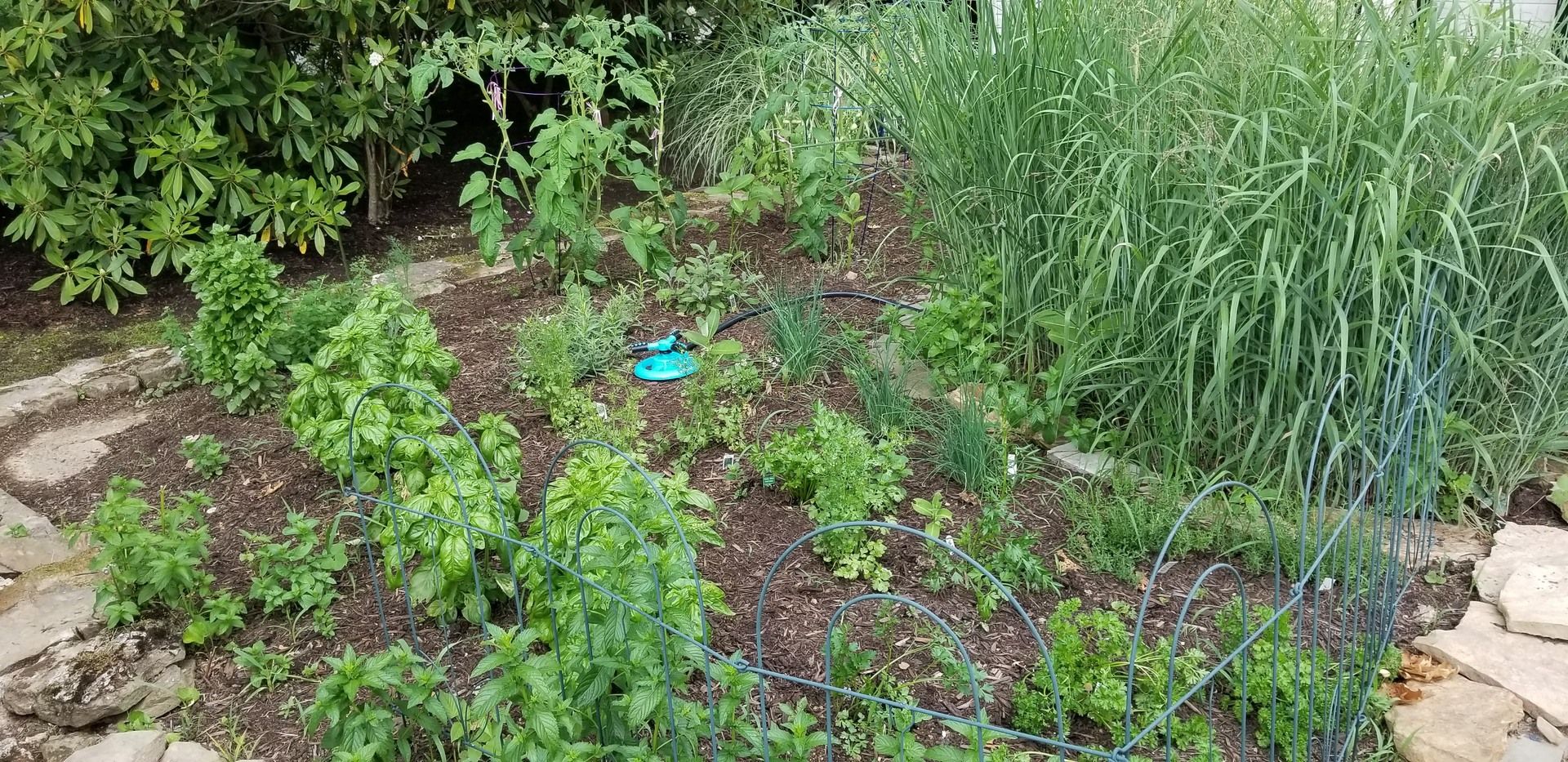
our community herb garden
My family has lived in this community for five generations, and it has operated since 1887 — long before the label ‘intentional community’ existed.
When my great-great-grandparents moved into this community, they rode in on horse and buggy, seeking to escape the intense pollution of Pittsburgh during the height of the coal, steel, and iron manufacturing industries. They traded air darkened with coal dust for mountain spring water. Kids learned to catch salamanders from the lake and drank unpasteurized cows’ milk for breakfast.
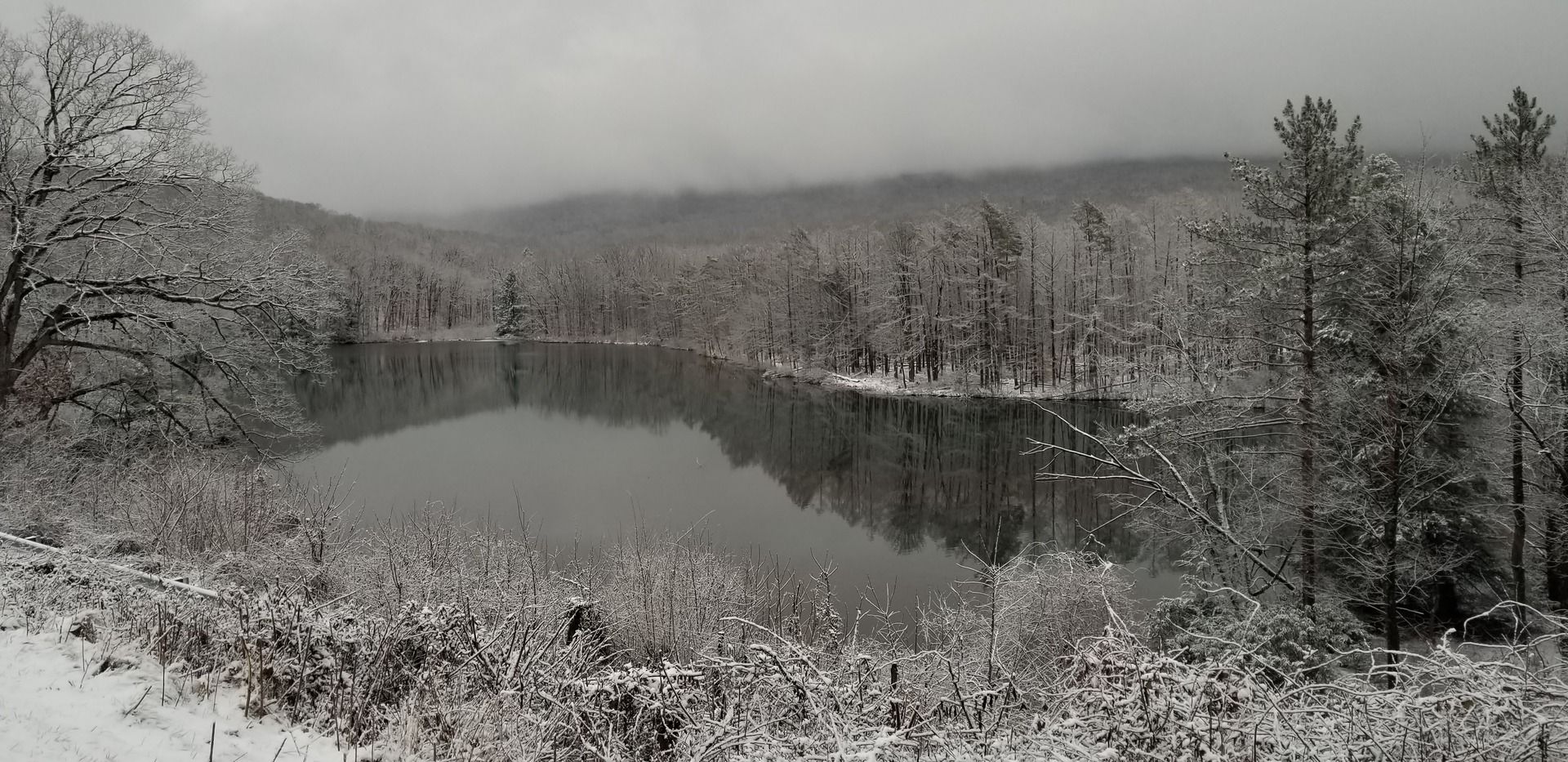
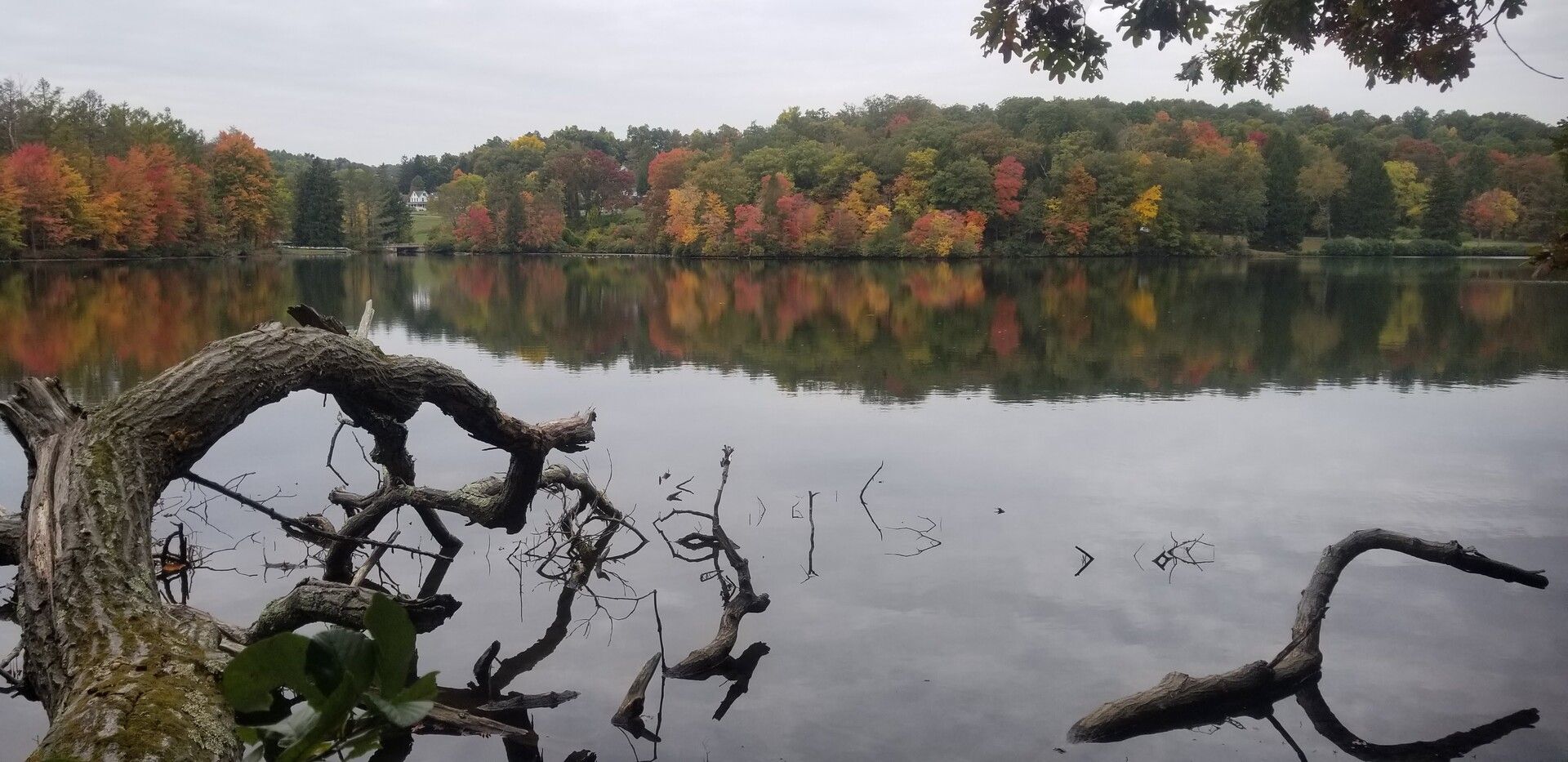
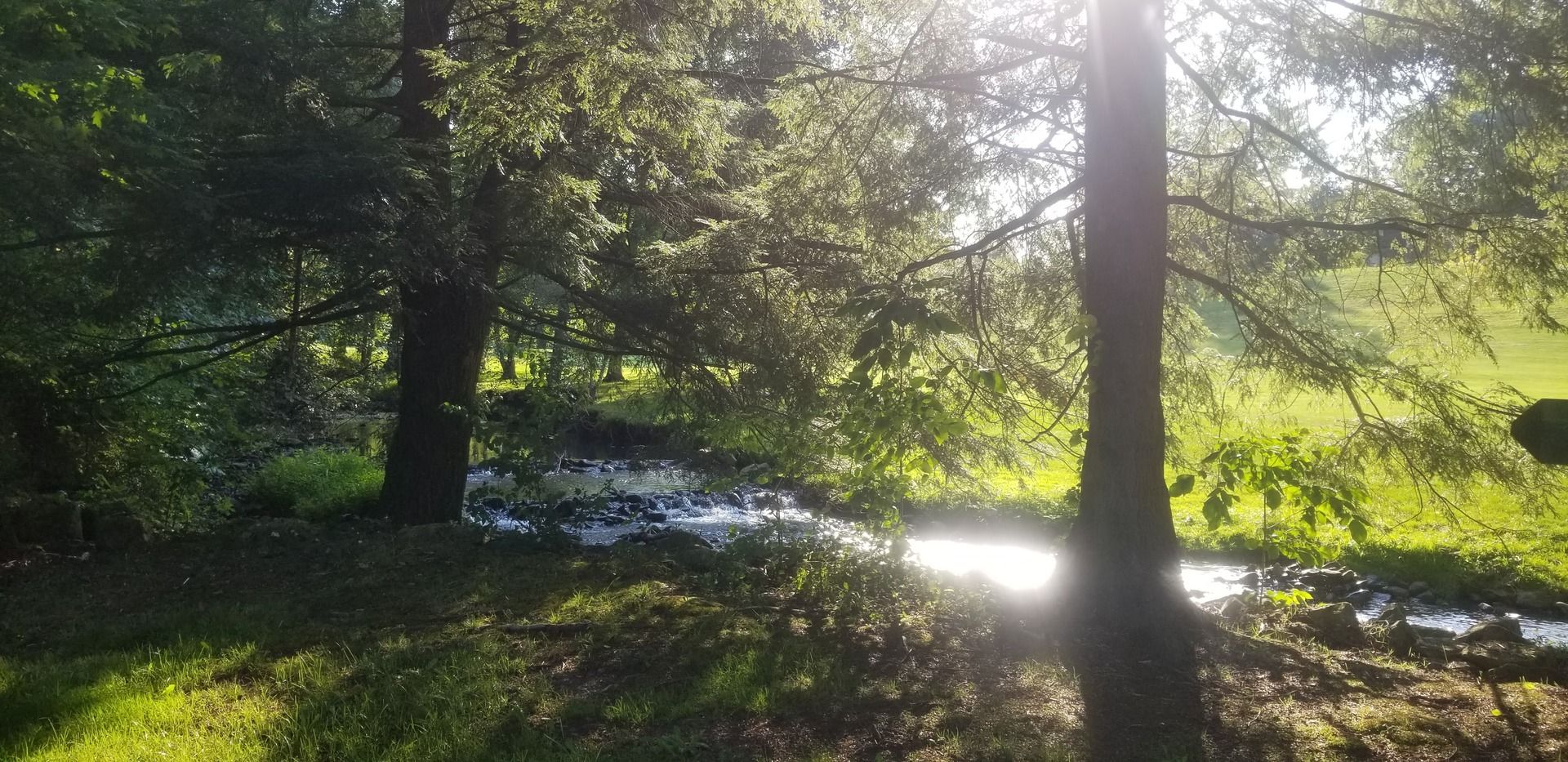
our community’s land through the seasons
Over 125 years later, we still drink the same mountain spring water (but now it goes through a water treatment plant). We (sporadically) continue to organize the same community-led religious services and traditional songs.
Hanging out with my 5th-cousins — my grandfather’s first cousins’ grandchildren, to be exact — we laugh about how difficult it is to explain this place to outsiders.
My line? I usually say it’s like a hippie commune, turned socially conservative, mixed with a country club, that was turned into an intergenerational live-in summer camp.
how laws give country clubs a leg-up over ICs
Country clubs are organized around a lot of the same basic structures as intentional communities, like
an official, legal and financial ‘membership’ status, which they vet people for
a communal fund, which members pay into, to pay for common benefits
social structures, like recreational activities and shared meals
Often, they can achieve this set-up with a lot less headache than self-defined intentional communities. They benefit from:
less stigma: most get less judgement from neighbors, banks, politicians
—> no one dismissing them as ‘dirty hippies’
legal leeway: able to filter potential members for ‘community fit’ without worrying about violating anti-discrimination laws
—> ((This is a mixed bag, obviously, but the reason I phrase it this way is because many co-housing communities struggle with being able to build a tight-knit community because they can’t deny tenants for non-financial reasons, because of anti-discrimination laws))
financial templates: easier ways to access loans, mortgages, financial consulting, etc
—> They can copy the models of other country clubs, and their model is easily legible to financial professionals
this means that historical intentional community groups might have shifted towards a country-club model, not based on definitions, but for the social, legal, and financial benefits.
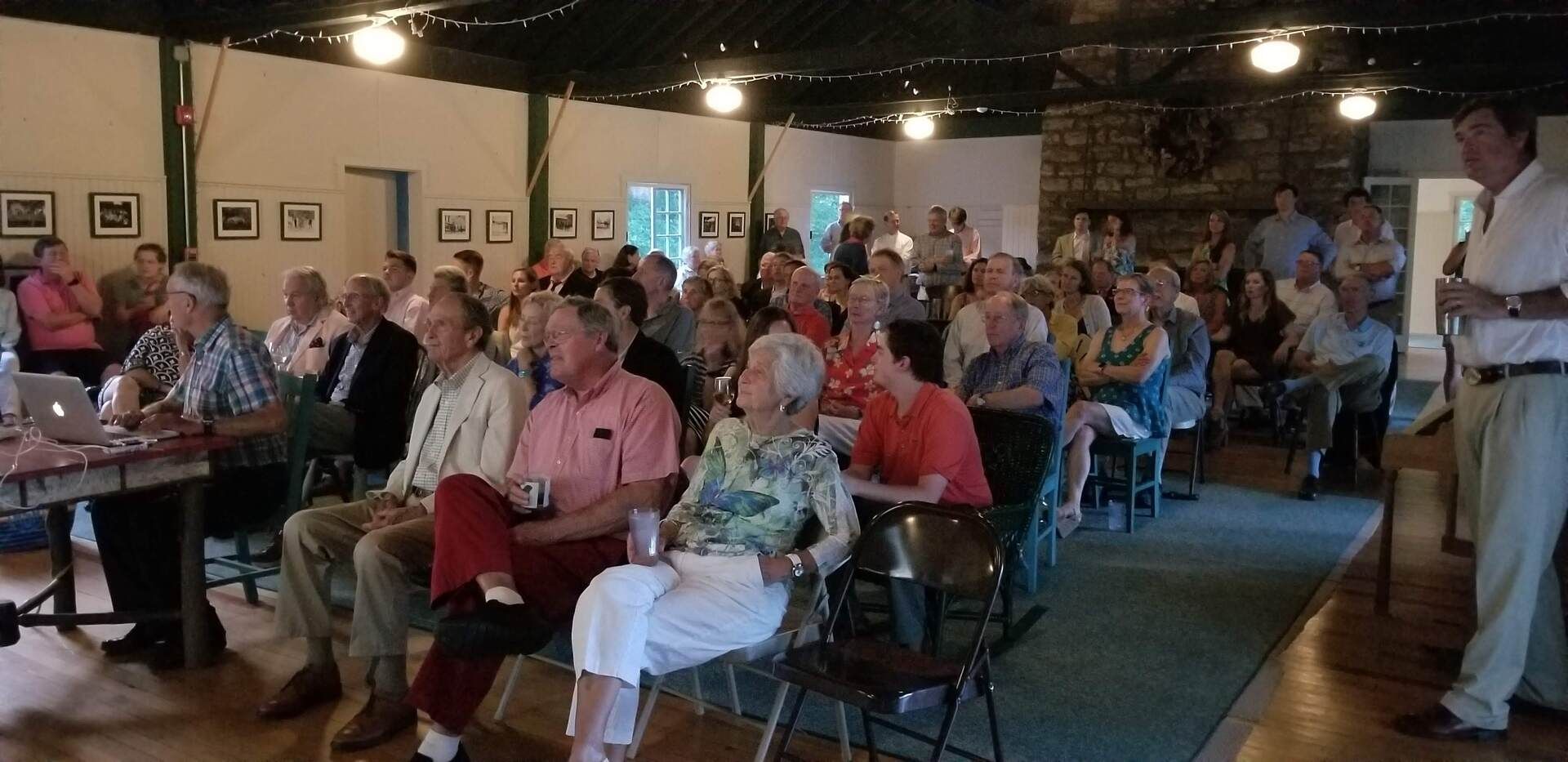
a gathering/presentation in the community building there
what happens if we include them in the movement?
including live-in country clubs in the ranks of intentional communities could increase IC numbers x10. it could also bring unwanted elitist/classist/racist connotations.
As of 2020, there were 24,000 country clubs in the U.S. That’s more than the number of McDonalds’ locations. Across those locations, there are estimated to be more than 10 million Americans with country club memberships.
Wrapping all those numbers into the IC movement could give activists a lot more bargaining power and perceived legitimacy.
It could also dilute and overwhelm some of the core values of the IC movement — things like inclusivity, sustainability, and a DIY-mindset.
Including these kinds of live-in country clubs invites more conservative perspectives into the movement, for better and for worse.
my take?
live-in country clubs probably shouldn’t be included in intentional community conferences and advocacy, but they should be included in research and outreach.
the start of my research journey surrounded the question, how can community groups implement sustainability policy at the local level? and how can municipal policy better support them?
From that angle, the idea of country-clubs-as-intentional-communities is a really exciting opportunity to advocate and skill-share about local sustainability initiatives.
but what do you think? looking forward to hearing your thoughts & experiences in the comments & replies!

photo of a cousin of mine under the stars there, taken by me in 2019
what’s new
we reached 1,250 subscribers this past week! welcome newcomers!
i know this week’s topic wasn’t the sexiest - lots of talk of country clubs and policy - but i hope you enjoyed it all the same! it was lovely to spend time with my extended family and to think about that part of my life in this context.
hope you’re having a fun & festive july~
if you’re enjoying this newsletter, don’t forget to:
much love,
jasper
Reply